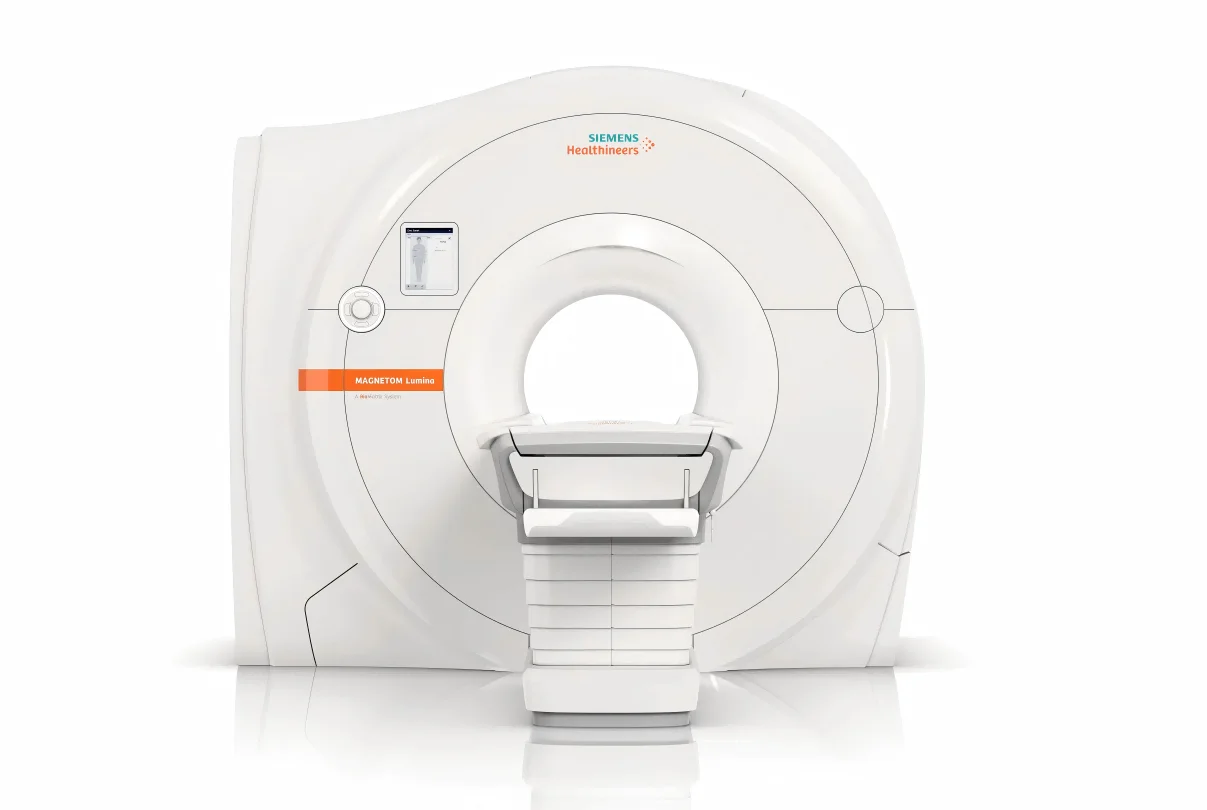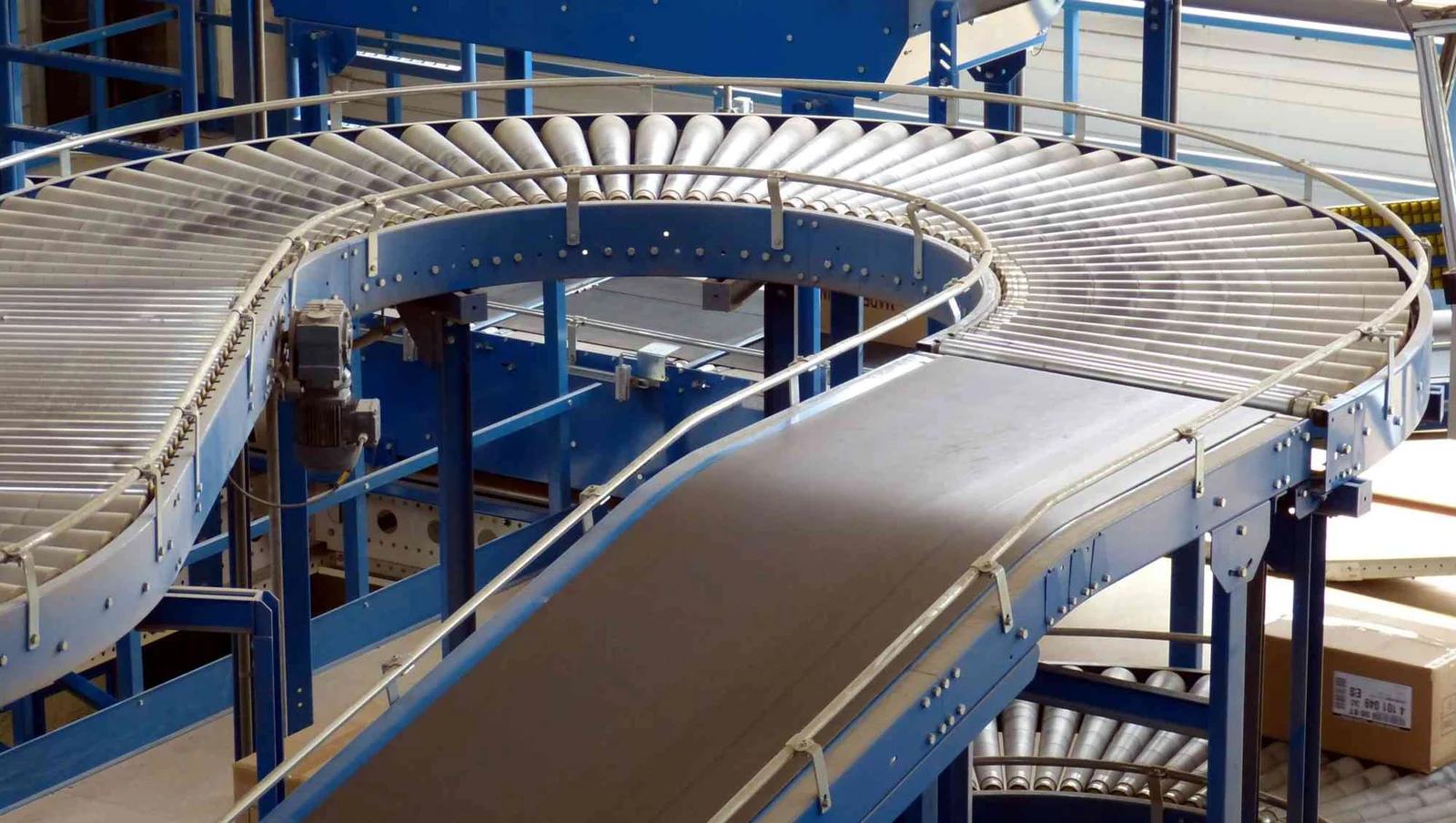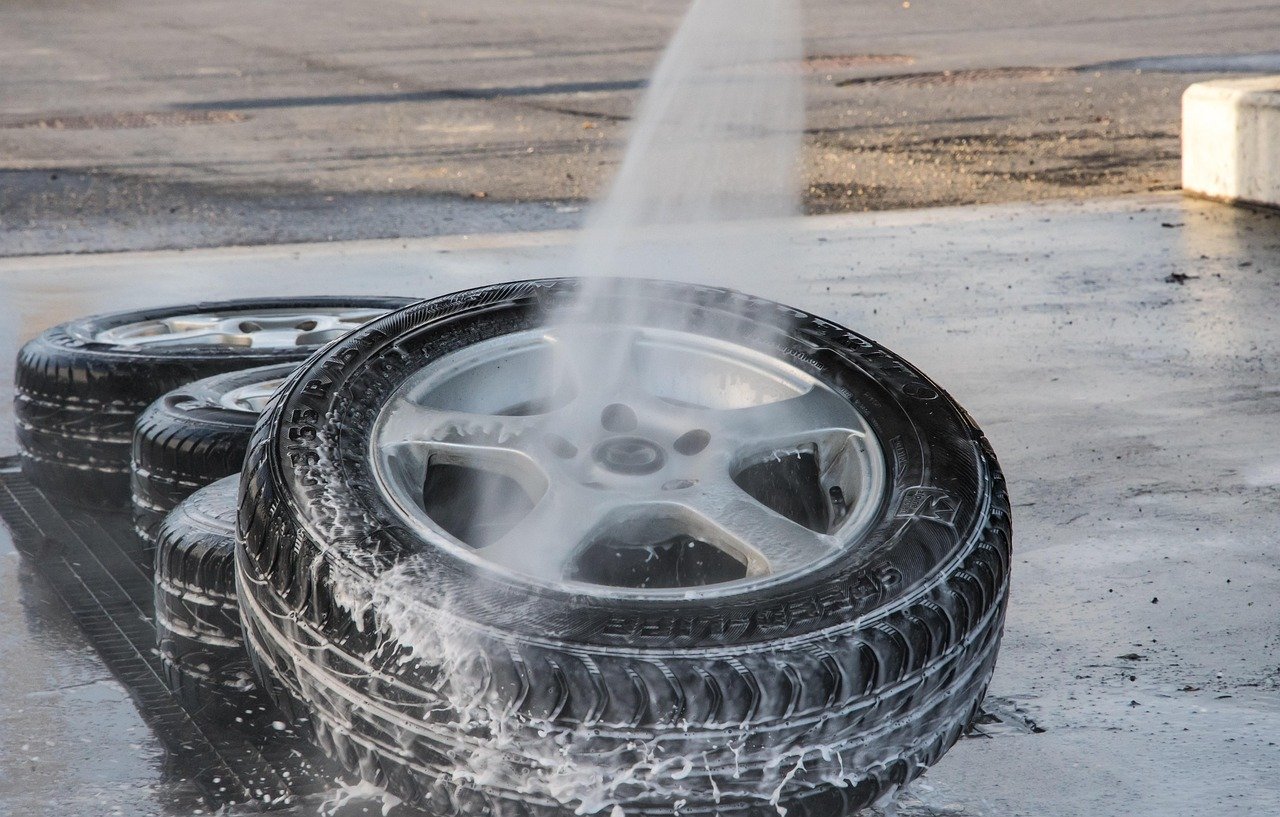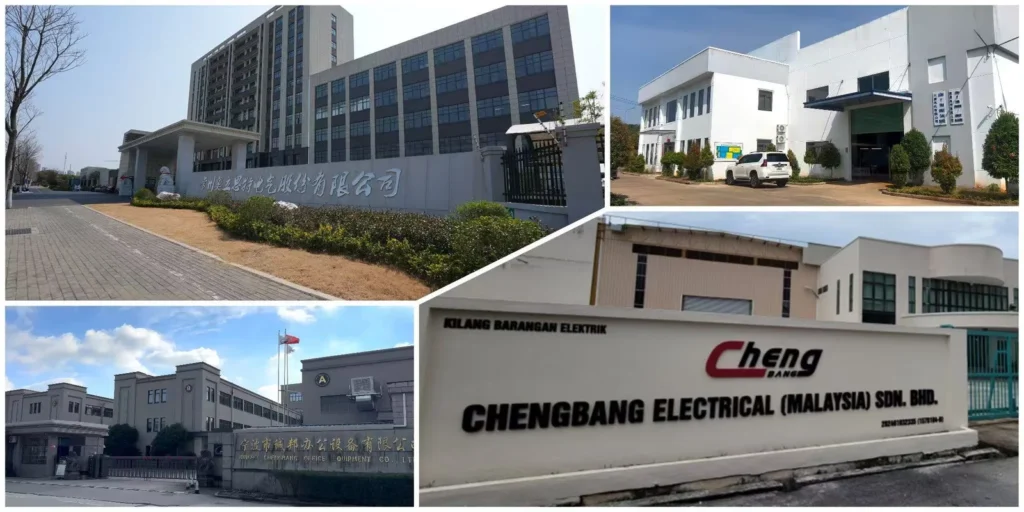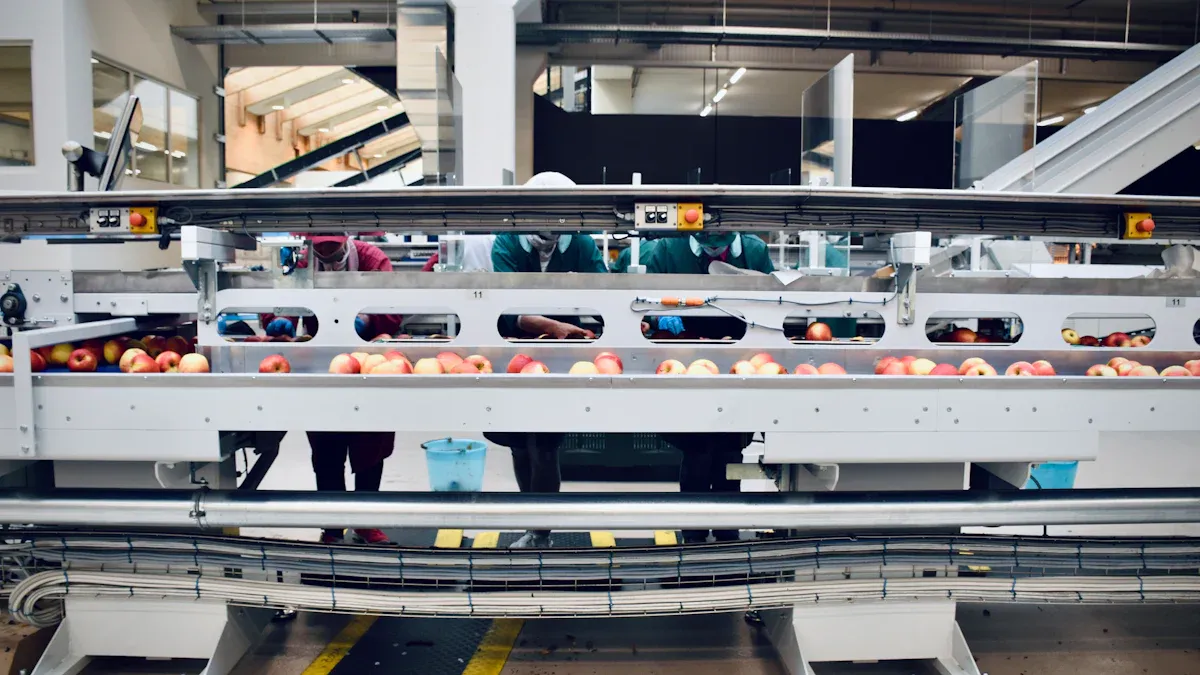
Conveyor belt motors are a key component in many modern warehouses, especially those focused on automation. Nearly half of all warehouses utilize conveyor and sortation systems, and about 26% have fully automated solutions for moving items, thanks to advanced warehouse automation motors.
|
Automation Aspect |
Percentage of Warehouses |
|---|---|
|
Fully automated conveyance |
26% |
|
Use conveyor and sortation systems |
49% |
|
Planning to upgrade conveyor/sortation systems (of users) |
52% |
Warehouse automation motors and conveyor belt motors work together to move products quickly and safely throughout the facility. These modern conveyor systems help reduce order processing times, increase storage capacity, and improve inventory tracking. By upgrading your conveyor belt motors and automation systems, you can boost shipping efficiency and minimize manual labor. Ultimately, these motors play a crucial role in enhancing the performance and productivity of warehouse automation.
Key Takeaways
-
Conveyor belt motors help move things fast and safe in warehouses. This makes work easier and faster for people. It also means workers do not have to do as much heavy lifting.
-
There are different kinds of motors like gearmotors, AC, and DC motors. Each type is used for a special job on the conveyor. They help move things with the right speed and strength.
-
Motors that use less energy help save money and make less heat. Smart sensors and controls help the system work well and stop jams from happening.
-
Safety tools like guards and emergency stops keep workers safe. Doing regular checks helps the conveyor work without problems.
-
New conveyor systems work with other machines to sort things faster. This helps save money and gets warehouses ready for the future.
Warehouse Automation Motors and Conveyor Belt Motors
Types of Motors Used
In warehouse automation, different motors power conveyor systems. The main types are gearmotors, electric actuator motors, AC motors, and DC motors. Each motor type is good for certain jobs in automation. Gearmotors have a motor and a gearbox together. This lets them move heavy things with strong force and steady speed. Electric actuator motors help move gates and other parts in the system. AC motors last a long time and do not need much fixing. They are great for running all day. DC motors react fast and can change speed or direction quickly. This is helpful for advanced conveyor systems.
These motors are used in many conveyor belts. Some examples are roller conveyors, belt conveyors, and modular plastic conveyors. Each conveyor belt works best with a certain motor. It depends on how heavy the load is and how fast or controlled it needs to be. Honest has many motors you can pick from. You can choose the best motor for your warehouse. This helps your conveyor belts work well and smoothly.
Role in Automated Warehouses
Warehouse automation motors and conveyor belt motors help automated systems work better. You want your warehouse to be fast, reliable, and save energy. These motors help you reach these goals in many ways:
-
Energy-efficient motors use less power and make less heat. This saves money and helps the planet.
-
Reliable motors last longer and do not break often. This means your system stops less.
-
Smart features like sensors and automatic shut-off save power when not moving items.
-
Picking the right conveyor for your products keeps things running well.
-
Motors that work with warehouse management systems help everything run smoothly and save more energy.
-
Over time, energy-efficient motors save you more money.
|
Feature/Aspect |
Contribution to Energy Efficiency and Reliability in Automated Warehouses |
|---|---|
|
High Efficiency Ratings (IE4, IE5) |
Use less energy and lower costs by up to 40%. |
|
Robust Construction |
Strong parts help motors last longer and handle shocks. |
|
Smart Sensor Integration |
Sensors watch for problems so you can fix them early. |
|
Variable Frequency Drives (VFDs) |
Change speed and force to save energy for each load. |
|
Low Heat Output |
Less heat means motors last longer and HVAC works less. |
|
Automatic Shut-off & Idle Power Reduction |
Motors use less power when not moving items. |
|
Scalability and Integration |
Easy to add or connect with other systems for flexible automation. |
When you pick the right motors, your warehouse automation is ready for the future. It will be reliable and save energy.
Conveyor Belt System Structure

Key Components
It is important to know the main parts of a conveyor belt system. Each part helps move items safely and smoothly. The table below shows the main parts and what they do:
|
Component |
Role/Function |
|---|---|
|
Gives power to the conveyor. It has the motor and sometimes a gearbox. This part makes the belt move. |
|
|
Pulley System |
Helps the belt move. It uses at least two pulleys. One pulley is powered, and one is not. Some systems use more pulleys for harder jobs. |
|
Belt Support |
Keeps the belt tight and stops it from sagging. It helps the belt move well, even with heavy things. |
The drive unit uses motors like DC motors, brushless DC motors, and gearmotors. These motors give the right force and speed for the belt. Gearboxes change how the motor spins. This gives the speed and strength the conveyor belt needs. The pulley system guides the belt. It lets you change or reverse the belt’s direction. Belt support helps everything work well. This stops items from getting stuck or broken.
Integration with Automation
Modern conveyor belt systems work with automation to make warehouses smarter. You can add sensors to your conveyor. These sensors watch for products, check spacing, and track movement. When a sensor sees an item, it sends a signal to the controller. The controller tells the motor to start or stop the belt. This stops jams and keeps things moving at the right speed.
You can split your conveyor into zones. Each zone works on its own. If one zone stops, the others keep going. This is called zero-pressure accumulation. It stops products from bumping into each other. Programmable Logic Controllers (PLCs) help control the whole conveyor belt system. PLCs use data from sensors to manage motors, sorters, and diverters. Variable Frequency Drives (VFDs) let you change the speed and force of the motors. This saves energy and matches the flow of products.
Honest’s solutions make it easy to connect your conveyor belt system with warehouse management systems. You can link your conveyor to robotic arms, sorters, and other automated machines. Everything works together to move items fast and safely. You get fewer delays and better control over your warehouse.
How Conveyor Belts Work
Knowing how conveyor belts work helps you understand warehouse automation. These systems use motors, sensors, and controllers to move things fast and accurately. Conveyor belts have three main parts: motor operation, process control, and safety features. Each part is important for the conveyor belt to work well.
Motor Operation Process
The process starts when the motor turns on the drive pulley. The pulley spins and moves the belt forward. The belt carries items from one spot to another. Here is how conveyor belts work in automated warehouses:
-
The electric motor turns the main pulley and pulls the belt.
-
Devices like variable speed drives let you change the belt’s speed.
-
You can reverse the motor to move the belt backward or forward.
-
Sensors watch the belt and send signals to the control system.
-
Programmable logic controllers (PLCs) control start, stop, speed, and direction. They often connect with warehouse management systems.
-
Safety controls like emergency stops and switches protect workers and equipment.
This process helps the conveyor run smoothly and adjust to changes in your warehouse.
Process Control
Good process control is needed for conveyor belts to work right. Advanced control systems keep the belt moving at the correct speed and force. Here is how this works:
-
Brushless DC motors use feedback systems like encoders. These keep the belt speed steady, even if loads change. Speed changes stay within ±0.2%.
-
Adjustable speed drives help you control the conveyor speed very accurately. This is usually between 0.5% and 5% of the top speed.
-
Variable frequency drives match the belt speed and force to the weight and type of items. This makes the system work better and stops jams.
-
Smooth starts and stops, using S-curve profiles, lower shocks and keep force steady.
-
PLCs and control systems can make many conveyors work together as a team.
-
Sensors and encoders give real-time feedback on where products are. This lets you fix problems fast and reduce mistakes.
You can also use network control to send commands over wires. This helps you fine-tune position, speed, and direction. Good process control makes sure conveyor belts meet the needs of modern automation.
Tip: Using closed-loop feedback and advanced drives saves energy, reduces wear, and makes equipment last longer.
Safety Features
Safety is very important when running conveyor systems. You must keep workers and equipment safe from harm. Here are some important safety features you should use:
|
Description |
OSHA Regulation Reference(s) |
|
|---|---|---|
|
Guarding |
Stops people from touching moving parts and dangerous spots. |
29 CFR 1910.219 (General Industry Standard) |
|
Emergency Shut-Off Buttons |
Lets you stop the conveyor right away in an emergency. |
29 CFR 1910.261 (Conveyor Standard) |
|
Start-Up Warning Systems |
Gives sound or light alerts before the conveyor starts. |
OSHA guidelines on warning systems |
|
Scheduled Maintenance |
Regular checks find problems like worn parts. This includes Lockout/Tagout (LOTO) steps. |
29 CFR 1910.261 (Conveyor Standard), 29 CFR 1910.147 (LOTO) |
|
Personal Protective Equipment (PPE) |
Workers must wear things like gloves, safety glasses, and hearing protection. |
29 CFR 1910.132 (PPE Standard) |
|
Sensors and Alarms |
Find problems like jams or overloads to stop accidents. |
29 CFR 1926.555, 29 CFR 1910.147, 29 CFR 1910.212 |
|
Stickers and Warning Labels |
Show clear warnings and safety rules near conveyors. |
29 CFR 1910.22 (General Requirements) |
You should also use emergency stop buttons and overload protection. Emergency stops connect to control panels and safety devices. This lets you stop the conveyor quickly if needed. Overload protection, like soft starters and manual motor starters, keeps the motor safe from electrical problems and heavy loads. Gearboxes may have clutches or brakes to stop damage from sudden stops or overloads.
Note: Always teach workers how to load safely, what to do in emergencies, and how to use protective gear. Regular checks and maintenance keep your conveyor system safe and working well.
When you know how conveyor belts work, you can keep your warehouse running safely and smoothly. The steps from motor operation to safety features are the backbone of conveyor belts in modern automation.
Real-World Applications and Benefits
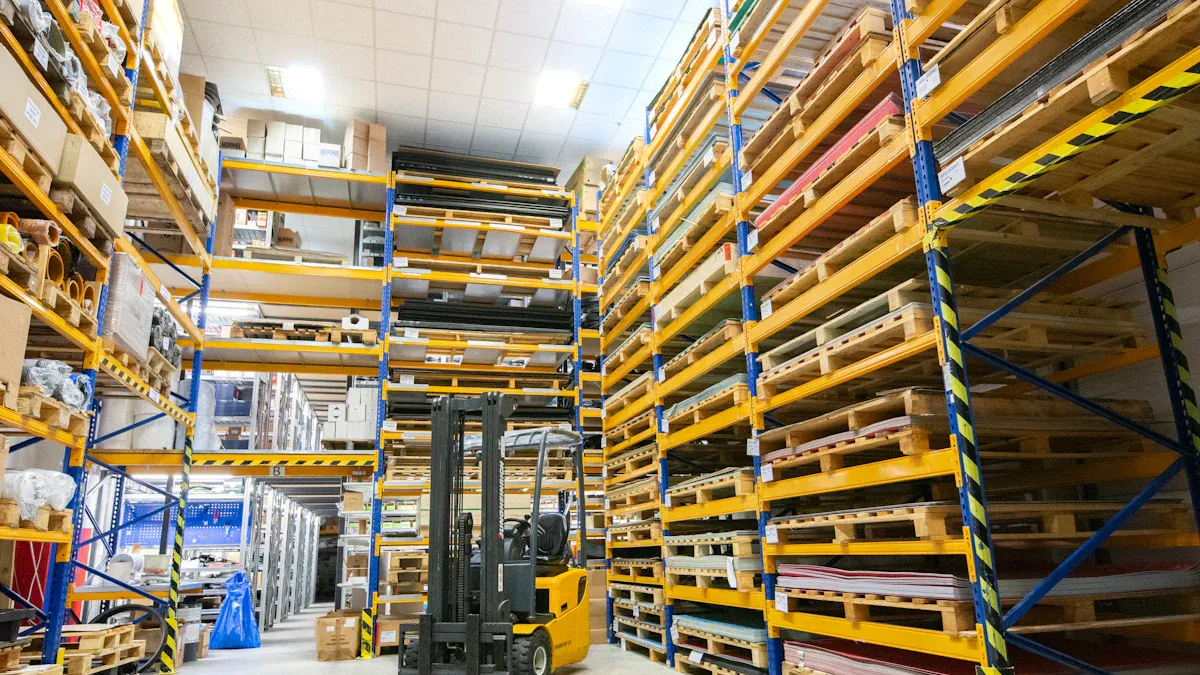
Automated Sorting and Fulfillment
Conveyor belt systems work in big warehouses and fulfillment centers. They move packages from one place to another fast. Each item goes to the right spot quickly. For example, belt conveyors take packages from sorting areas to shipping stations. Companies like Amazon and DHL use smart motors and sensors. These systems handle thousands of orders every hour. E-commerce warehouses use robotic conveyors with motors and robotic arms. These help pick, pack, and sort items. This setup makes things faster and more accurate. You can process more orders with fewer mistakes.
Honest motors are important in these automated systems. They power drive pulleys to keep the belt moving smoothly. They can handle heavy loads without stopping. With variable speed controls, you can change the belt’s speed and direction. You can match the belt to your workflow. This helps you avoid jams and bottlenecks. Your operations stay smooth and steady.
Energy Efficiency and Maintenance
Energy-efficient conveyor belt motors save money and help the environment. These motors use less electricity and make less heat. This lowers your utility bills and helps cooling systems work less. Variable speed drives let you change motor speed to match demand. You save more energy during slow times. Over time, these savings lower your total costs.
To keep conveyor belt systems working all day, you need regular maintenance. Lubricate motors every 100 to 200 hours. Check for strange noise or vibration. Make sure the belt is straight and clean. This stops wear and tear. Predictive maintenance uses sensors to watch motor health in real time. You can fix problems before they stop your system. Honest motors have strong parts and fit easily into your maintenance plan. With good care, your conveyor systems last longer and work better.
Tip: Regular checks and predictive maintenance help you stop breakdowns and keep warehouse automation running well.
Conveyor belt motors help your warehouse work quickly, safely, and use less energy. You can pick motors that save power and last a long time. These motors also work with smart controls. New technology lets you use AI, robotics, and eco-friendly materials for better results.
-
Motors that use less energy help you save money and protect the environment.
-
Smart controls and sensors make things more accurate and stop delays.
-
Industry rules help you build safer and stronger systems.
-
More warehouses are starting to use automated conveyor systems.
If you know how to pick and use conveyor belt motors, you can make your warehouse better and ready for the future.
FAQ
What type of motor works best for conveyor belts in warehouses?
You should use gearmotors or brushless DC motors for most warehouse conveyors. These motors give you strong torque, steady speed, and high efficiency. You can also pick AC motors for long, heavy-duty use.
How do you keep conveyor belt motors running smoothly?
You should check motors often. Clean them, add oil, and listen for strange sounds. Use sensors to watch for problems. Fix small issues early. This keeps your system safe and working well.
Can you control conveyor belt speed easily?
Yes! You can use variable frequency drives (VFDs) or adjustable speed drives. These let you change the speed to match your needs. You save energy and avoid jams.
Why should you choose energy-efficient motors?
Energy-efficient motors use less power and make less heat. You save money on electricity. Your motors last longer. You also help protect the environment.
